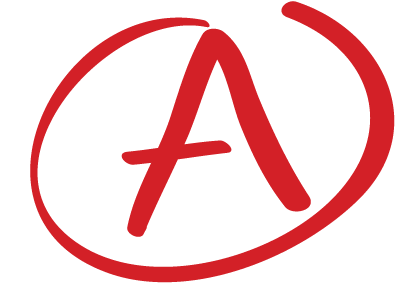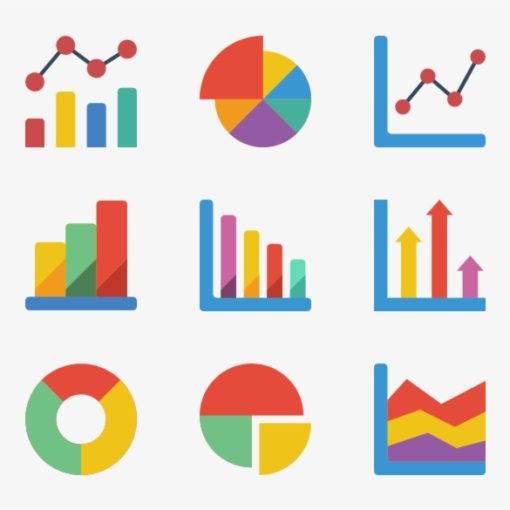The current social distancing and social isolation is slowly leading to a new normal. This new normal includes many aspects: social, work, learning/education, family. It is amazing how much that was in person is being attempted online especially in the instructional and educational industry. This doesn’t just include formal education but also self education, personal interest, certifications and more. For example,
Self education
Some of the areas where self education that was in person has had to adapt to the new normal is to find ways to provide instruction online are in fitness industry, continuing education, tutoring, sports training, weight training. Some examples of where this is affected and how they are adapting are below.
Fitness:
Where affected: gyms, Pilates studios, yoga studios, cross fit gyms, fitness classes, meditation
How adapting: I have seen many online fitness classes being offered; many videos of workouts to do at home;
Continuing education classes:
Where affected: hobbies such as knitting, cooking, sewing, wood working, painting, drawing, fine arts, photography, any handicraft etc.
How adapting: I have seen videos of how to do a particular skill e.g. the knit stitch; how to make face masks; how to draw cartoons
Sports training:
Where affected: running, track and field, swimming, water sports
How adapting: While a lot of sports clubs are not open yet, I have seen online conditioning workouts being offered.
Weight Training
How adapting: here have always been online workouts and online coaching and training being offered but without the in-person options, there seems to be more or a more viable option
Tutoring
Where affected: In person tutoring; in person test and exam prep courses.
How adapting: Online tutoring seems to have exploded, or at least the options for online tutoring, classes, help and more. This included online whiteboard options, online conferencing options, the combination of the two.
The new normal has many people and organizations are making that effort to find ways to continue offering and sharing their knowledge through online means. There are tonnes of little videos popping up everywhere: on Youtube, of course, but also on places you wouldn’t immediately think to find videos: Instagram or IGTV; Tik Tok is becoming huge for short video clips.
Online conferencing to keep people and groups connected is becoming more common place. Platforms like Zoom, Google Meet, Skype are becoming more apart of people’s daily routine. It is a great way to provide real time discussion, demonstrations and participation among people to facilitate learning.
It is also a great way to keep busy by working on something for yourself.
Many of the above tools and more are being used for more “formal education”.
Formal Education
Formal education is also something that is limbo at the moment as administrators try to figure out the best way to keep institutions open and running in he Fall 2020 and students learning and moving forward along their career paths. It will be a new normal for formal education.
Post Secondary Education
The post secondary educational institutions seem to have been able to patch things up fairly quickly so students don’t lose their credits and can move forward in their programs of study on schedule. But it is a bit easier at the post secondary education level as most, if not all, of the learning is the responsibility of the student. The professors are there as a guide and provide a means of evaluation. Here adjustments, I suspect in most cases, is to take that in person lecture and put it online as efficiently and effectively as possible. Once this is done, the onus is on the student to attend virtual classes, do the work and make the grade. There are some subjects that cannot be done online, any subject that has a practical component such as labs.
I have heard some talk that at some universities, in September 2020, the new academic year there will be more online courses and online options for students and labs and other subjects that require in person instruction will go ahead in a modified way to maintain social distancing. It will be interesting to see how this unfolds. The one area that seems to require continued refining, is the testing and examination process. That’s another post!
Some site to keep an eye on regarding university classes for the fall 2020:
Important COVID-19 Update from the OUAC and Ontario’s Universities, Ontario Universities’ Application Centre, May 27, 2020, URL: https://www.ouac.on.ca/news/important-covid-19-update/
Covid-19:Updates for Canada’s Universities, Jun 1, 2020, University Affairs, URL: https://www.universityaffairs.ca/news/news-article/covid-19-updates-for-canadas-universities/
Colleges and universities quietly preparing to take all classes online this fall amid COVID-19, May 4, 2020, The Star, URL: https://www.thestar.com/politics/provincial/2020/04/28/colleges-and-universities-quietly-preparing-to-take-all-classes-online-this-fall-amid-covid-19.html
Elementary and high school
Education at the high school and elementary school level is proving less straight forward to integrate into this new normal of an online system. While all the tools are there, it is finding a way to transfer that energy, urgency and accountability to learn that is found in and in person classroom to an online classroom.
How the school boards choose to handle their education seems to vary from country to country and then from region to region within the country.
Suggested learning plan for the spring 2020 semester during Covid 19 for Ontario board of Education:
Learn at Home, OCDSB Learn at Home Plan Phase 2, Ottawa-Carleton District School Board, URL: https://ocdsb.ca/our_schools/novel_coronavirus_information_for_parents/learn_at_home
The possible effects of this learning plan:
- The required prerequisites will not have been properly imparted by the teacher; acquired by the student; lack of confidence and preparation for the next course.
- Students going into university will now be “competing” against students from around the world who have had different learning plans during Covid 19. Professors will most likely not be able to take every situation into account when developing course material. There will be greater responsibility on the student to make up the academic deficit.
- Without testing taking place during spring term 2020 there will be no real way to determine what a student has learnt or not learnt; what new deficiencies have been created and what existing deficiencies have intensified. These will come out in the fall after the first test or evaluation.
- Teachers are lost as to how to teach and impart new material to students online. I have heard of some very interesting methods of “teaching” material throughout this Covid-19 social distancing period.
- Those students that are used to working with friends in groups to get through classes will not have that advantage as easily. The students that can self education and discipline themselves or have that guidance at home will continue to progress or at least feel the negative effects less.
- Worry from the parents and/or students about what will happen in the fall 2020 term. Covid-19 slide seems to be a term for this regression of knowledge.
Possible ways education may be in the fall, 2020
- There may be more online learning.
- Classes will be smaller to allow for more social distancing practices. This may be good as the teacher to student ratio will be better giving teachers more time to work with students individually.
- Teachers will have to make up a lot of missing material. This may be a challenge for some.
- Learning in mathematics seems to primarily use a linear approach, “learn A first, then B”. This, however, may not be the most time efficient way to present material when more material may be necessary to review.
- There is a lot of semestered schools which means more condensed learning. There are pros and cons to this. These pros and cons may be heightened when trying to make up missed material.
- Testing and evaluation of students will have to be modified if there is more online learning.
How to keep on track:
- Run your own race. This is something that many people do not have experience in. Usually in sports that are competitive and require training, after a certain level the race and competition in with yourself towards your own goals. Unfortunately, this doesn’t translate in academics for all. However, this may be the perfect time to developing the ability to run your own race. Determine your own goals within given parameters and desired goals. In some cases, these may not match perfectly.
- Find a “guide”. This can be in the form of a parent, older sibling, online group, following an online social media influencer, following online tutorials or homework plan, just something more than what the school system is offering. With education moving more online, in time there will be more of an assumption that education and knowledge is more uniform, rather than regional. In some parts of the world standardized tests at certain milestones within a students education are a normal part of the curriculum and hold great weight into their future studies. E.g. A-levels, AP courses, SAT, MCAT, LSAT, the latter being more at the university level. There are also some curriculums that are more global such as the IB program. These may be wise secondary curriculums to follow and have in the background as a resource to your current provincial educational curriculum. Ideally, a tutor or being part of a study group facilitated by someone knowledgeable would be most efficient.
A couple of things that have been noticed since the implication of social distancing and the new normal of home schooling:
- Some students are looking for people to write their exams for them because the exam is online. If an assignment, test or exam is online, if your school hasn’t found a full proof way to proctor these test and exams, be honest with yourself and don’t be swayed to take the “easy” and “dishonest” way out by looking at ways to cheat. If you do choose that way, you will be only cheating yourself and it will catch up to you in a future course.
- While 3 hours of homework per subject are suggested at the high school level, the reality is, many students are not putting in an “honest” 3 hours of work. This is where the discipline of doing the work and putting an honest effort in matters. It’s very easy to get side tracked and end up on YouTube or chatting with friends online when you’re doing homework online. Finding a way to put in honest hours of homework will make all the difference, in the long run.



